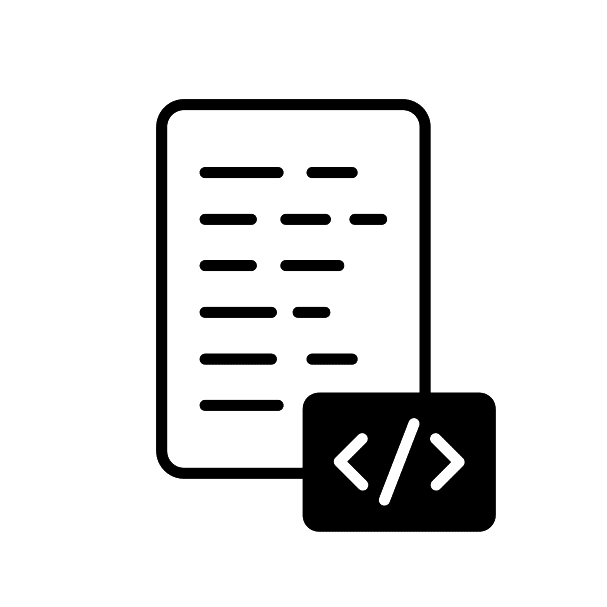Craft interactive and captivating websites with HTML, CSS, and Javascript.

Our teachers and tutors graduated from top universities








Overview

Customized Coding Curriculum
Select your preferred programming languages or topics, and we'll match you with an expert tutor for a personalized learning experience.

Adaptable Coding Lessons
Your learning path is customized to your speed and unique challenges, ensuring seamless progress without any distractions or competing demands.

Personalized One-on-One Instruction
Your academic journey is meticulously designed to align with your pace and chosen challenges, safeguarding uninterrupted development free from distractions or competing commitments.
About Web Development Languages
HTML, CSS, and JavaScript are often considered the essential components of web development, each playing a critical role in creating web experiences. HTML, or HyperText Markup Language, serves as the foundation of any website. It provides the structure, organizing elements like headings, paragraphs, and lists into a coherent layout.
CSS, or Cascading Style Sheets, acts like the stylist of the web world. It controls the visual aspects of HTML elements, including color, font, and layout. With CSS, you can make your site look good on various types of devices, like tablets and smartphones, ensuring a responsive design.
JavaScript serves as the interactive layer, capable of altering HTML and CSS in real-time to offer features like real-time updates, form validations, and dynamic content changes. It is used both on the client side for browser-based interactions and on the server side when combined with frameworks like Node.js.
Beyond these three core technologies, a variety of other languages and frameworks are available to developers. Backend languages like PHP, Python, and Ruby offer different approaches for server-side logic. Frontend frameworks like Angular, React, and Vue make it easier to build complex applications. SQL is commonly used for database interactions, enabling the storage, retrieval, and manipulation of data.
Mastering these core technologies—HTML, CSS, and JavaScript—is often the first step for aspiring web developers and serves as a foundation for diving into more advanced tools and languages. Understanding how these languages interact to create the final user experience is essential for success in a continuously evolving digital landscape.
Description
Unlock the creative possibilities of web development in this hands-on course. Learn the essential languages of HTML5, CSS3, and Javascript to build visually stunning, interactive websites from the ground up.
Master the art of responsive design to ensure your sites look incredible on any device. Go beyond the basics with advanced topics like API integration and version control for maximum website reliability and functionality. Throughout this enriching course experience, you’ll also gain real-world insights into web performance optimization and accessibility, equipping you to create not just visually appealing but also efficient and inclusive web applications.
What you will learn
- In-depth HTML, CSS, and basic Javascript skills
- CSS positioning techniques: relative, static, absolute, fixed
- Understanding of the Document Object Model (DOM)
- Principles of responsive web design
Requirements
- Ages 9-18
- Dedicated beginners in programming
- Interested in creating websites
Student FAQs About Web Development
Front-end development focuses on what the user interacts with directly in the web browser. This involves HTML, CSS, and JavaScript. Back-end development deals with the server and database, responsible for ensuring that everything on the client-side actually works. Back-end languages include PHP, Ruby, and Python.
Responsive design refers to the design approach where a website’s layout adjusts itself depending on the screen size and orientation. This is mainly achieved through CSS and sometimes JavaScript.
Frameworks are pre-prepared libraries that offer a way to simplify complex actions, whether it be designing a view with Bootstrap or developing client-side applications using Angular or React. They provide pre-written code to give you a head start.
APIs (Application Programming Interfaces) allow your website to connect with other software applications or web services for data retrieval or functionalities like payment processing.
Server-side rendering produces the full HTML for a page on the server in response to a user request. Client-side rendering, on the other hand, builds the page directly in the browser using JavaScript. Both have their pros and cons in terms of performance and SEO.
A slow-loading website can negatively affect user experience and SEO rankings. Optimizing performance involves various techniques like image and video compression, lazy loading, and efficient use of CSS and JavaScript.
Web accessibility ensures that websites are designed and developed so that all users, including those with disabilities, can use them. This includes providing alternative text for images, ensuring keyboard navigation, and making sure the website works well with screen readers.
How it works
1
Request a tutor
Let us know your goals and age range. We'll figure out a plan to help get you there.
2
Match with a tutor
We'll recommend you a tutor based on your needs and goals, or you can request a specific tutor.
3
Start a free trial
Experience a free trial lesson with your new tutor and see if your learning style matches.
4
Keep it up!
If everything went well, sign up to keep going! You can choose the pacing of the lessons
Need more info?
Let's talk.
Leave your phone number, and we’ll call you back to discuss how we can help you.


